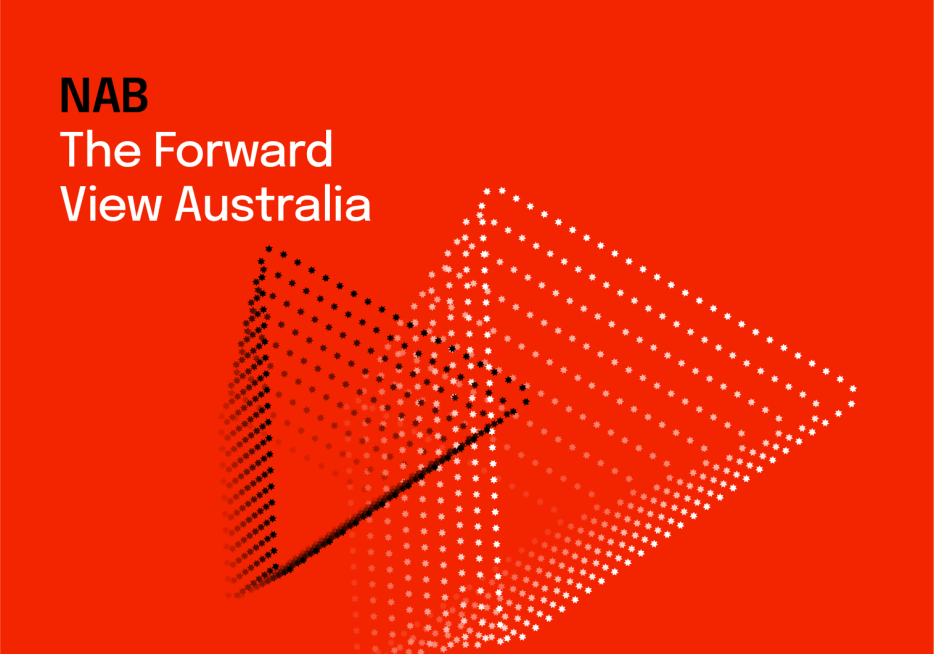Firmer consumer and steady outlook


Insight
With the Australian and US dollars trading close to parity, price ramifications for both exports and imports can make life difficult for local industries. But there are tools to reduce financial risk and help protect Australian businesses from the effects of currency fluctuations.

A strong Australian dollar means increased price pressure on our exports and a boon for imports, so it’s important for businesses to consider ways of creating a buffer against the vagaries of currency movements.
“One of the biggest financial risks facing any business is the uncertainty of its cash flows. This uncertainty intensifies when some of these cash flows are denominated in currencies other than the Australian dollar,” explains Ronny Jensen, Associate Director, Foreign Exchange at NAB Wholesale Banking.
“Any currency movement will cause fluctuations in the cost of goods and services imported from overseas and in revenue attributable to sales in foreign currencies.”
Available through a foreign exchange specialist at a financial institution, the following two tools can help protect against the unpredictability of currency movements:
Exchange contracts
A forward exchange contract gives a business protection from future fluctuations in the value of the currency. These contracts are agreements to exchange two designated currencies at a specific rate and for an agreed amount in the future. The contract is settled on a maturity date determined at the commencement of the contract.
Options
An option allows a business to buy the right, but not the obligation, to transact a specific amount of currency at an agreed rate for a designated maturity date. For an importer, they could buy the right to purchase US dollars at a future point in time. They’d exercise the option if the prevailing currency rate is lower than the agreed option rate on the maturity date. But, if the prevailing currency rate is higher than the agreed option rate on the maturity date, the business would let the option expire and use the prevailing currency rate.
So, is there such a thing as a good time to be buying foreign exchange? According to Jensen, you can never know with certainty when is the best time to hedge a currency exposure.
“It’s only with hindsight that we know such information,” he says. “In the face of this uncertainty, we can look to an array of economic data, market sentiment and historical observations to take a view on the likely future direction of a currency. When a currency is trading at an historical high, it’s reasonable for an importer to consider that it’s an optimum time to hedge.”
“Equally, if the prevailing forward currency rate enables a business to lock in a satisfactory profit margin that may be eroded by currency movements if they remain unhedged, then the decision on whether to hedge or not should be relatively straightforward. Removing this component of risk from a business is positive and will enable the company to remain focused on core business rather than on its potential exposure to currency fluctuations.”
Near parity may open up opportunities for importers and for service providers outsourcing parts of their business offshore, notes Jensen, but businesses must do their homework.
“Such a business strategy is predicated on the prevailing exchange rate,” he says. “It’s vital to undertake an appropriate currency hedging program to ensure that the identified profits are realised through the P&L and not eroded through adverse movements in the currency.”
To check the viability of using options or exchange contracts in your business, speak with a foreign exchange specialist. They can tailor a currency strategy to your transactional requirements and take into account your risk profile.
The advantages are threefold: a well-planned currency strategy can give your business greater flexibility in cash flow, allow for a known protection rate and enable you to adapt to varying market movements.
© National Australia Bank Limited. ABN 12 004 044 937 AFSL and Australian Credit Licence 230686.